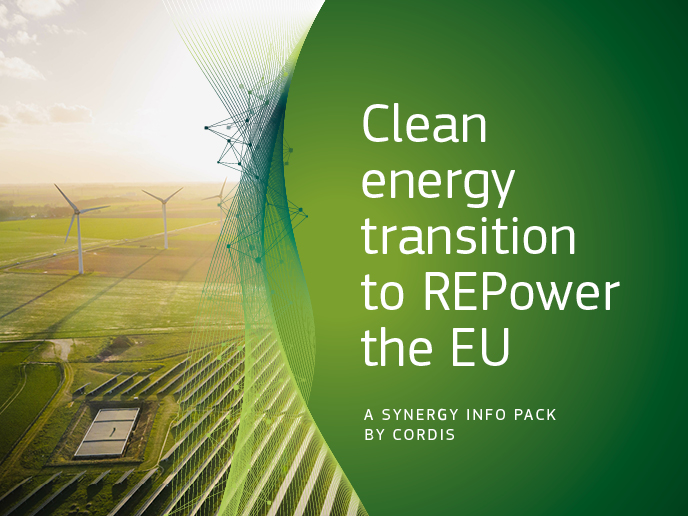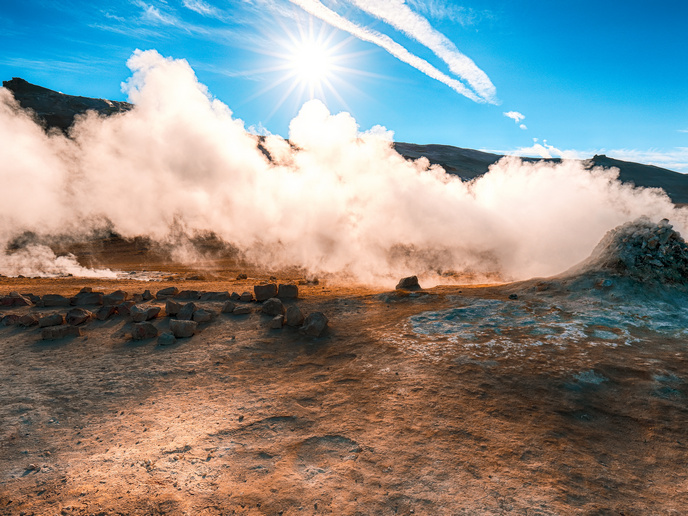A new approach to preventing induced seismicity
The key to unlocking Europe’s climate ambitions could be underground. “From renewable geothermal energy to carbon capture and storage, underground resources have the potential to help Europe substantially reduce its carbon emissions,” says Víctor Vilarrasa, a researcher at the Spanish National Research Council(opens in new window). The problem is that accessing these underground resources requires industry to inject fluids into, or extract them from, the Earth’s subsurface. Because these activities alter the pore pressure, temperature, stress state and geochemical composition of the geological formations, they can induce seismicity. Induced seismicity is what happens when human activities cause earthquakes and tremors, such as was the case with geothermal projects in South Korea and Switzerland, and a subsurface energy storage project in Spain. “Needless to say, an earthquake triggered by a geo-energy project isn’t great for public perception and has led to several initiatives being cancelled,” adds Vilarrasa. What the geo-energy industry – including geothermal energy, carbon capture and storage, and subsurface energy storage – needs is the ability to predict and mitigate induced seismicity, which is exactly what the EU-funded GEoREST(opens in new window) project has provided.
A deeper understanding of induced seismicity after injection
The project, which received support from the European Research Council(opens in new window), has significantly advanced our understanding of what triggers induced seismicity after injection. “Traditionally it was believed that controlling pore pressure could mitigate the risk of induced seismicity,” explains Vilarrasa. “However, this is only true when injecting into a single fracture or fault, whereas most of today’s large-scale geo-energy projects inject into a network of fractures and faults.” Thus, while some faults will see stability improve during injection – the result of fractures and intact rock expanding due to pressurisation – this stability is only temporary. Once the injection stops, pore pressure rapidly drops around the injection well, causing a poromechanical stress relaxation that wipes out any stabilising effect and possibly reactivates the faults stabilised during injection.
An advanced numerical model for predicting induced seismicity
With this understanding in mind, the project developed a numerical model that takes into consideration not only pore pressure changes, but also factors such as poromechanical stresses, cooling-induced stress changes, static stress transfer, and deformation-induced pore pressure changes. The innovative forecasting model was put to the test in a retroactive study of the induced seismicity that occurred at an underground gas storage facility in Spain. What it found was that a combination of mechanisms, including buoyancy of the injected gas, poromechanical stress changes, and static stress transfer due to aseismic slip of the fault that sealed the storage formation, led to the earthquakes. “By developing a hybrid forecasting model that uses the effective stress changes computed numerically to estimate the seismicity rate and using statistical seismology, we identified stimulation protocols that would have prevented the largest-magnitude earthquake after the stop of injection,” notes Vilarrasa. Operators and decision makers, according to Vilarrasa, can use the GEoREST forecasting model to maximise geo-energy projects while minimising the risk of induced earthquakes. In fact, this has already been tested for the case in Basel, Switzerland, where the project’s numerical model was used to identify the most convenient stimulation protocol at an enhanced geothermal system.






